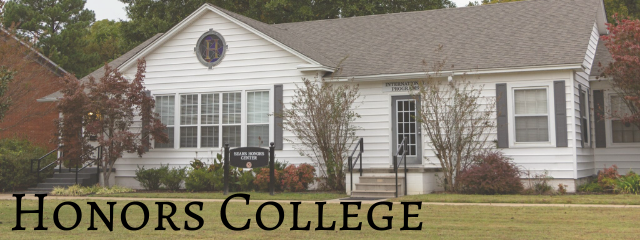
Honors Theses
Document Type
Thesis
Date of Completion
5-2024
Academic Year
2023-2024
Department
Behavioral Sciences
Academic Major
Cognitive Neuroscience
Faculty Advisor
David Donley, Ph.D.
Abstract
Acoustic overexposure in mice leads to an excess of calcium influx in outer hair cells (OHCs) and causes permanent hearing loss due to death of OHCs. Oncomodulin is a parvalbumin calcium buffering protein located in OHCs of the cochlea. Early pilot studies indicate that genetic deletion of OCM results in immune-related pathology throughout the cochlea. Why and how this occurs is unknown. Studies in wild type (WT) and OCM knockout (KO) mice demonstrate greater numbers of immune cells are associated with noise exposure in an OCM knockout than in WT. Expression of toll-like receptor 4 (TLR4) leads to the recruitment of macrophages and is increased in association with noise and downregulation of OCM. Interestingly, OCM has been found in macrophages and is associated with recovery from inflammation in the retinal system. However, it is unknown whether OCM plays the same role in central nervous system cells. The current study aimed to determine if and to what extent OCM plays a role in cochlear immune cells, inflammation, and in the central nervous system cell population. Herein we report the response of cultured cochlear microglial cells (MOCHA) to inflammatory stimuli. Finally, we report OCM RNA-sequence data in subsets of cells (microglia, astrocytes, GABAergic neurons, and glutamatergic neurons) in the medial temporal gyrus and dorsolateral prefrontal cortex of the Allen Institute Seattle Alzheimer’s Disease Brain Cell Atlas. Results of these studies indicate the presence of OCM in cochlear rat microglia and increase of that expression during inflammation. Additionally, RNA-sequence data indicate the presence of OCM in central nervous system cells and differences in OCM expression depending on Alzheimer’s disease pathology and characteristics.
Recommended Citation
Paltjon, Evan, "The Role of Oncomodulin in the Central Nervous System Inflammation" (2024). Honors Theses. 36.
https://scholarworks.harding.edu/honors-theses/36

